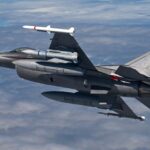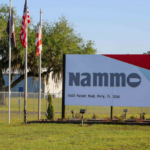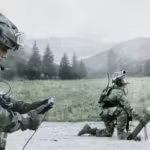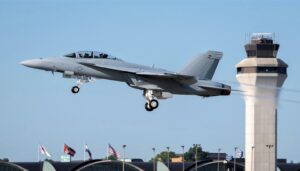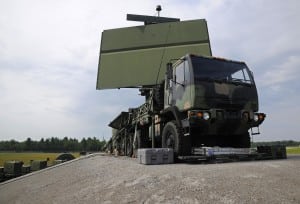
The U.S. Air Force has chosen Raytheon [RTN] over Lockheed Martin [LMT] to develop the ground-based Three-Dimensional Expeditionary Long-Range Radar (3DELRR), a replacement for the aging AN/TPS-75 (Tipsy 75) air surveillance radar, the service announced late May 11.The Air Force awarded Raytheon a $52.7-million contract for the program’s engineering and manufacturing development (EMD) phase. Under the contract, Raytheon will provide three production-representative units.Raytheon is expected to perform the work in Andover, Mass., and finish it by Nov. 30, 2020. The…

 By
By 